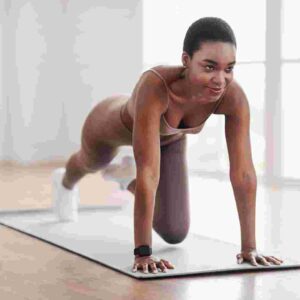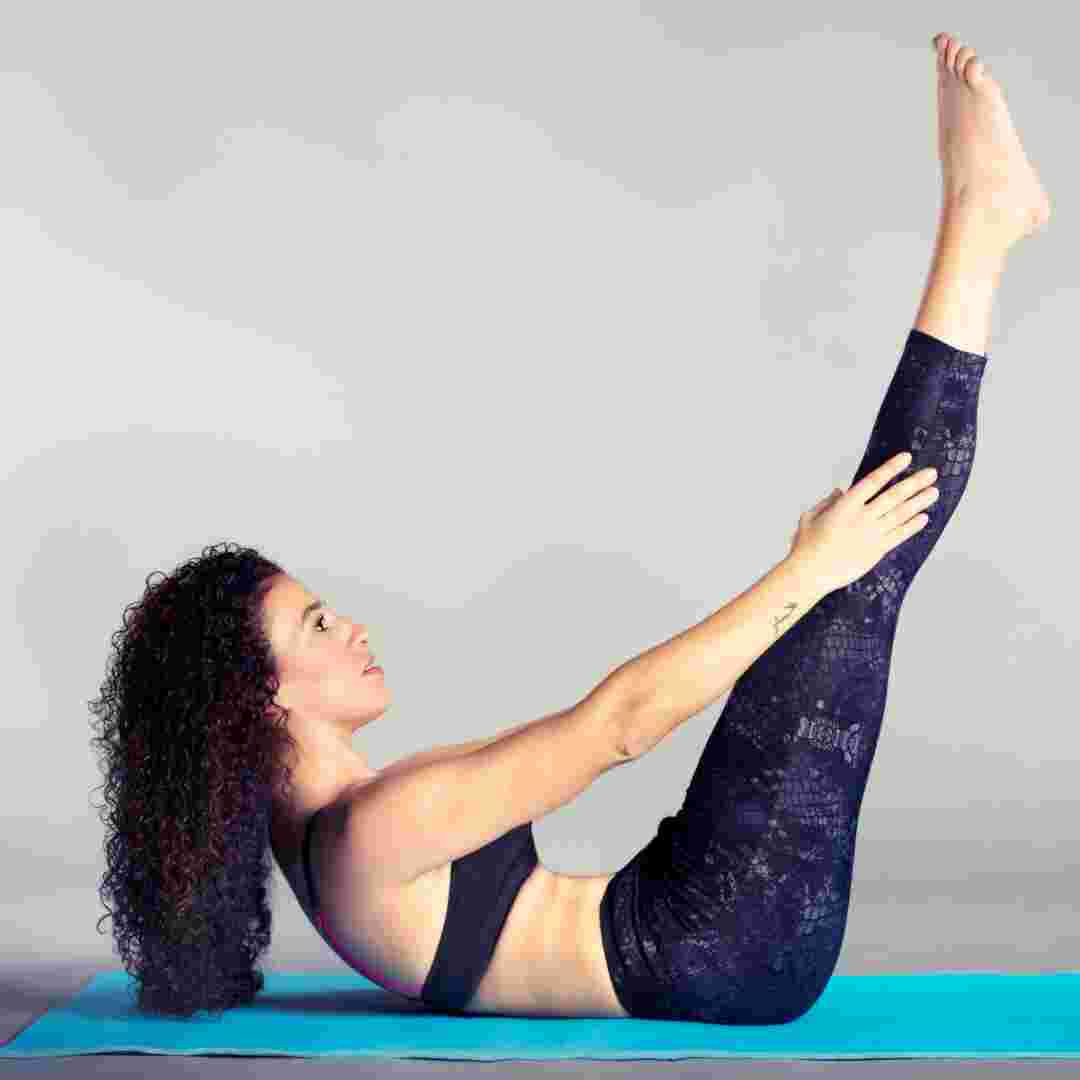Contents Table
Introduction
Cardiovascular Health Benefits from Pilates
Pilates Improves Endurance and Stamina
Which Loses Weight Better: Pilates or Cardio?
Q&A
Conclusion
Pilates cardio strengthens your core and raises your heart rate."
Introduction
Pilates strengthens core muscles, improves flexibility, and improves posture. It is not a cardiac workout, but it can improve cardiovascular health.
Cardiovascular Health Benefits from Pilates
Pilates, a century-old exercise, is popular. Joseph Pilates created it because he believed mental and physical health were linked. Pilates emphasises core strength, flexibility, and balance. However, many wonder if Pilates is cardio.
Activities that increase heart rate and blood flow are cardiovascular. It's crucial for heart health. Although Pilates is less rigorous than jogging or cycling, it nonetheless improves cardiovascular health.
Pilates boosts cardiovascular health by improving circulation. Pilates requires regulated muscular engagement and deep breathing. This boosts muscle and organ blood flow, improving cardiovascular health.
Pilates boosts cardiovascular endurance. Pilates exercises promote endurance by being done for a long time. This is especially helpful for beginner exercisers and inactive folks.
Pilates helps lower stress and anxiety, improving cardiovascular health. Stress and anxiety raise heart rate, straining the cardiovascular system. Pilates promotes relaxation and mindfulness, reducing tension and anxiety.
Pilates improves posture and balance in addition to these benefits. Maintaining cardiovascular health requires appropriate posture to help your heart and lungs perform efficiently. Balance improvements from Pilates can lower the chance of falls and other accidents.
Pilates is less rigorous than other cardio, but it still improves the heart. Pilates should not be your only workout. Running or cycling should be part of your cardio regimen to get a complete workout.
Pilates beginners should start slowly with a trained teacher. Pilates can be difficult, so do it right to avoid injury. A certified teacher can also tailor exercises to your fitness level and physical constraints.
Overall, Pilates improves cardiovascular health by improving circulation, endurance, tension, anxiety, posture, and balance. Pilates, however less severe than other cardio, can still be beneficial to your workout. Beginners to Pilates should start carefully and work with a competent instructor to ensure proper form and safety.
Pilates Improves Endurance and Stamina
Pilates, a century-old exercise, is popular. Joseph Pilates created it because he believed mental and physical health were linked. Pilates emphasises core strength, flexibility, and balance. However, many wonder if Pilates is cardio. This article discusses how Pilates improves endurance and stamina.
Cardio must be defined first. Cardio is any activity that accelerates your heart rate and blood flow. This activity is vital for heart and lung health. Running, cycling, and swimming are cardio. Pilates, on the other hand, emphasises controlled breathing and low-impact motions.
Pilates, though not cardio, can boost endurance and stamina. Pilates works numerous muscular groups at once, improving strength and endurance. In the Pilates Hundred, you pump your arms while holding your legs tabletop. This workout improves fitness by working your core, arms, and legs simultaneously.
Pilates works several muscle groups and teaches good breathing. In Pilates, you breathe through your nose and exhale through your mouth while activating your core. Improved lung capacity and oxygen intake from this breathing can boost your endurance during other exercises.
Flexibility is another way Pilates boosts endurance. Pilates exercises stretch and lengthen muscles, improving range of motion and reducing injury risk. Flexible muscles let you move more efficiently, which can improve your performance in other exercises.
Pilates also boosts mental endurance. Pilates involves concentration, which boosts mental endurance. Staying focused during Pilates helps you overcome mental hurdles during other exercises.
Finally, Pilates can boost endurance and stamina even if it's not cardio. Pilates improves mental endurance, flexibility, breathing, and multi-muscle work. Pilates can boost your fitness and performance in other exercises.
Which Loses Weight Better: Pilates or Cardio?
Pilates is a growing exercise trend. This low-impact workout strengthens core muscles, improves flexibility, and raises body awareness. Many people question if Pilates is a cardiac workout and if it helps lose weight.
Cardio is any exercise that raises the heart rate and breathing rate. Traditional cardio workouts are running, cycling, swimming, and aerobics. These workouts are advised for weight loss because they burn more calories.
Pilates is unlikely to be an aerobic workout. It raises the heart rate and breathing rate but is not as intense as cardio. Pilates emphasises strength and flexibility above weight loss.
This does not mean Pilates is ineffective for weight loss. In fact, Pilates can boost weight loss. Building lean muscle mass with Pilates can boost metabolism and burn more calories throughout the day. Pilates also improves posture and alignment, making the body appear slimmer and toned.
Pilates can be adapted to improve intensity and challenge. Resistance bands or weights can make exercises harder. Pilates can also be mixed with cardio or strength training for a complete workout.
The key to weight loss is calorie shortage. This means burning more calories than eating. Pilates can enhance lean muscle mass, which boosts metabolism and burns more calories throughout the day than cardio.
The individual's goals and preferences determine Pilates' weight loss effectiveness. Pilates can be part of a weight loss programme if it's enjoyable and successful. If someone finds traditional aerobic exercises more beneficial for weight loss, they may wish to focus on them.
Overall, Pilates is not a cardiac workout, but it can help you lose weight. Pilates improves posture, alignment, metabolism, and lean muscular mass. Pilates may burn less calories than cardio, but it can improve weight loss and health over time. The ideal weight reduction workout is one you enjoy and can stick to.

Q&A
1. Does Pilates count as cardio?
Pilates is not cardio. Low-impact exercise builds strength, flexibility, and balance.
2. Does Pilates aid weight loss?
Pilates can help weight loss by building lean muscle and burning more calories. However, it cannot replace a good diet and frequent cardio.
3. How often should I Pilates?
Pilates should be done 2-3 times a week for best benefits. Even once a week can be beneficial. Pilates is difficult and requires good form, so listen to your body and don't overdo it.
Conclusion
Pilates is not cardio. This low-impact workout uses controlled movements and breathing to enhance strength, flexibility, and balance. Pilates is not a cardiac exercise, but it can benefit cardiovascular health indirectly by increasing fitness.


